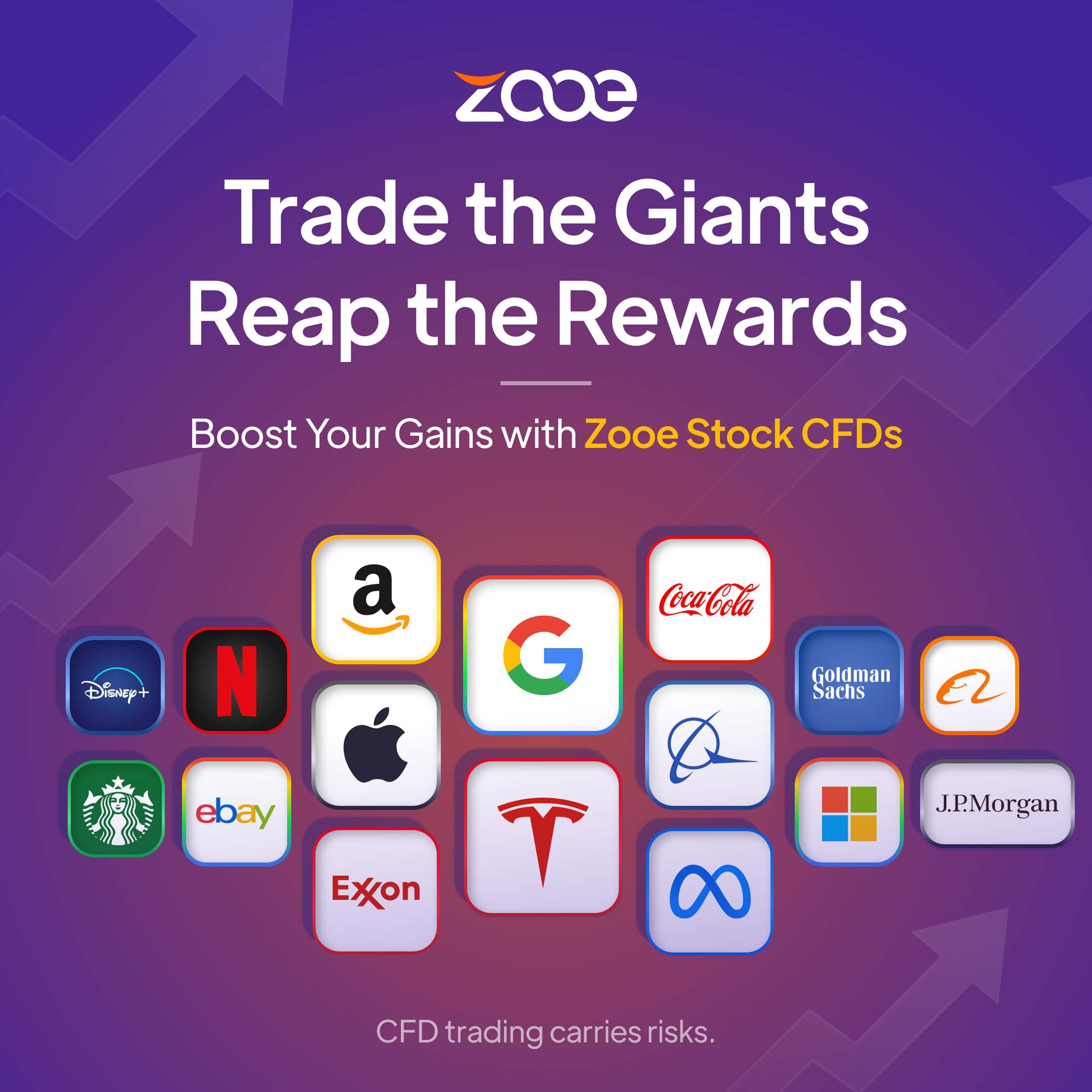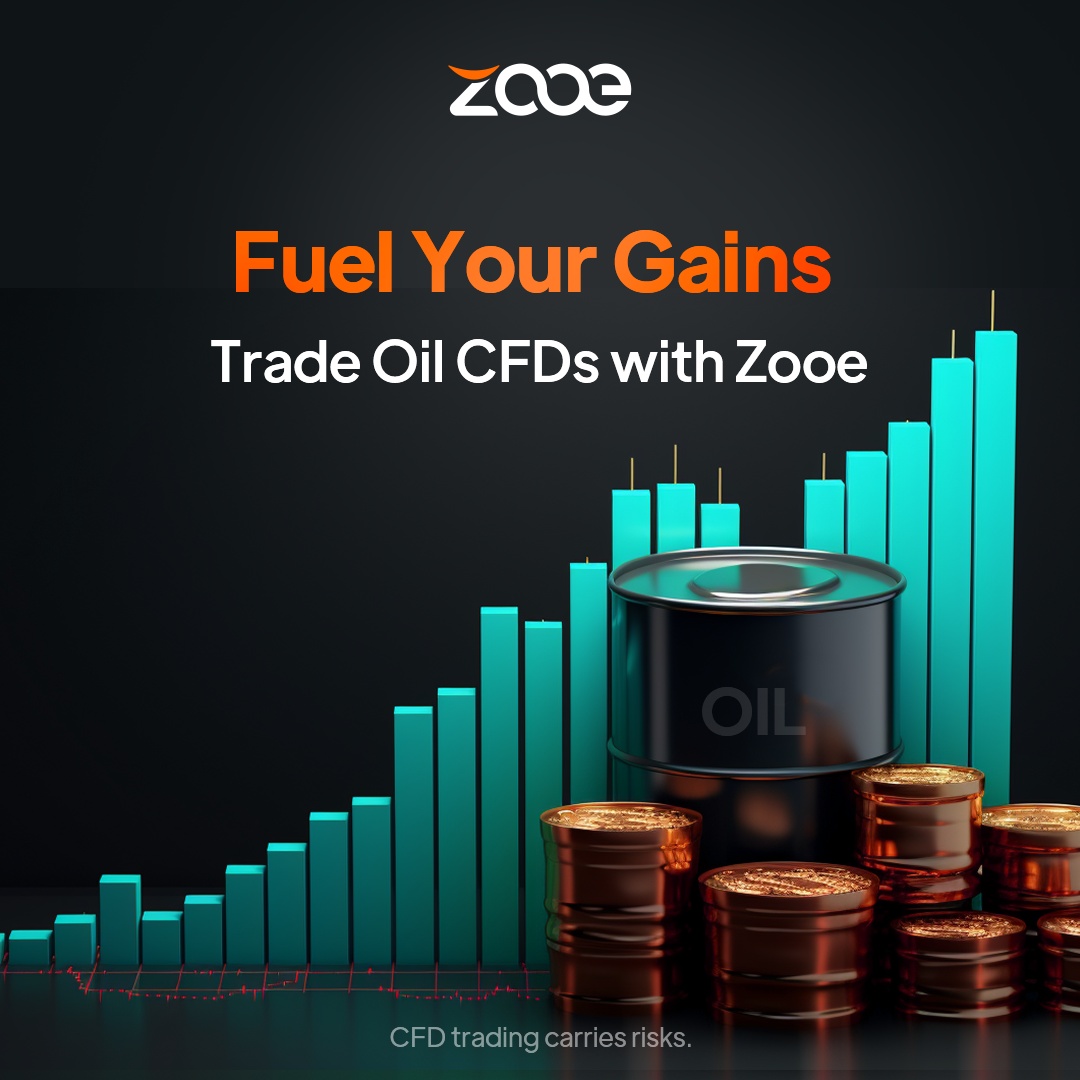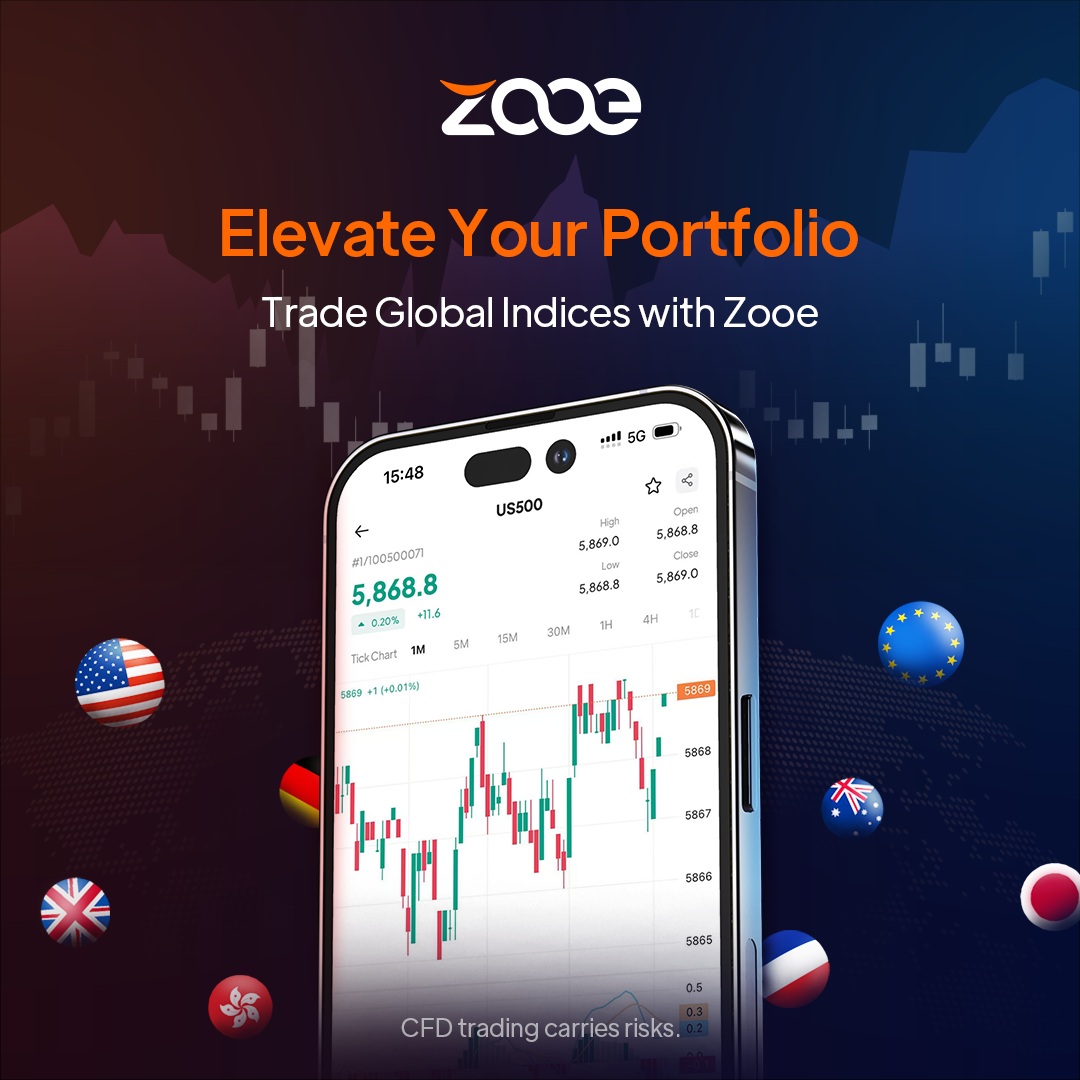Essential Terminology for Understanding Contracts for Difference (CFD) Trading

To understand Contracts for Difference (CFDs), one must first be acquainted with the important terminology related to it. This article will introduce you to some essential terms in CFD trading.
Contracts for Difference (CFDs) are an advanced trading method with many benefits. If you wish to learn more about CFD trading, it’s necessary to start with the terminology involved.
The Importance of Understanding Key CFD Terms
Any advanced trading method involves some fundamental but crucial technical terms that convey key information in a concise and specific manner, and CFDs are no exception.
Understanding these terms will greatly benefit you because if you are not familiar with the related terminology, you might find yourself confused and overwhelmed when encountering them.
With this in mind, this article has carefully selected some key terms to help you understand their main concepts.
Main Terms in CFD Trading
Below are some of the most important trading terms related to Contracts for Difference:
Dividends
Dividends are payments made by a corporation to its shareholders, usually in cash, based on the number of shares they own.
Tip: The stock exchange automatically adjusts the closing price of a stock from the previous trading day by deducting the dividend value before the market opens on the ex-dividend date, setting it as the opening price for that trading day. Therefore, the stock price generally falls automatically at the opening on the ex-dividend date.
Corporate Actions
Corporate actions are essentially changes occurring within a company that impact its stock. These changes can vary, including alterations in the method of dividend payment, stock splits, or mergers and acquisitions as part of corporate restructuring.
Pip
A pip is a unit of measurement for price movements, originally representing the smallest price unit in commodity or forex trading. Modern pricing methods are actually more precise than pips, but when discussing price movements, this term remains a common and important reference.
For example, a pip in the EUR/USD exchange rate is the measurement unit for price movements, originally representing the smallest price unit in commodity or forex trading. Modern pricing methods are actually more precise than pips, but when discussing price movements, this term remains a common and important reference. It refers to the fourth decimal place change, meaning 1.0558 is one pip higher than 1.0557. However, current standard quotes have been refined to the fifth decimal place, such as 1.05584.
Leverage
Leverage allows traders to use a certain amount of capital to leverage a larger value of financial instruments.
Spread
The difference between the buying and selling price of a financial instrument.
Stop Loss
A stop loss is an order to close a trade when the market price drops below a specific level.
Take Profit
A take profit order is executed to close a trade when the target price reaches a specific level.
Long/Short Positions
An open long position earns profit in a rising market. Holding a long position means you expect to profit from the price increase of a financial instrument. Conversely, an open short position profits as prices fall.
Tip: Short positions are also known as short selling, selling short, or going short.
Ex-Dividend Date
The ex-dividend date is the first trading day when a company’s stock price is adjusted to exclude dividends. Investors must purchase the stock before the ex-dividend date to qualify for the dividend.
Conclusion
As we’ve seen, some of the terminology in CFDs can be quite challenging. Only when you are familiar with the meanings of these important terms can you gain a deeper understanding of CFD trading. Visit eToro Academy to learn more about Contracts for Difference.





